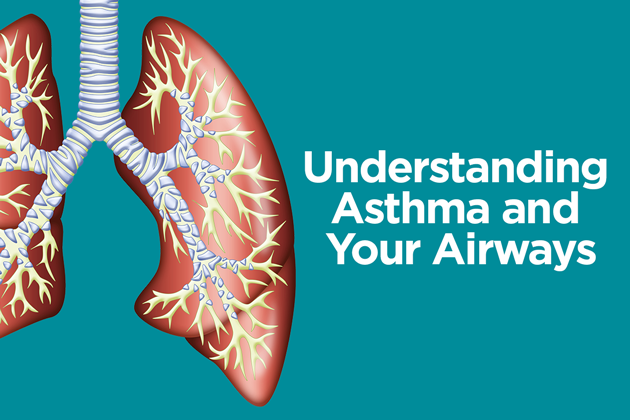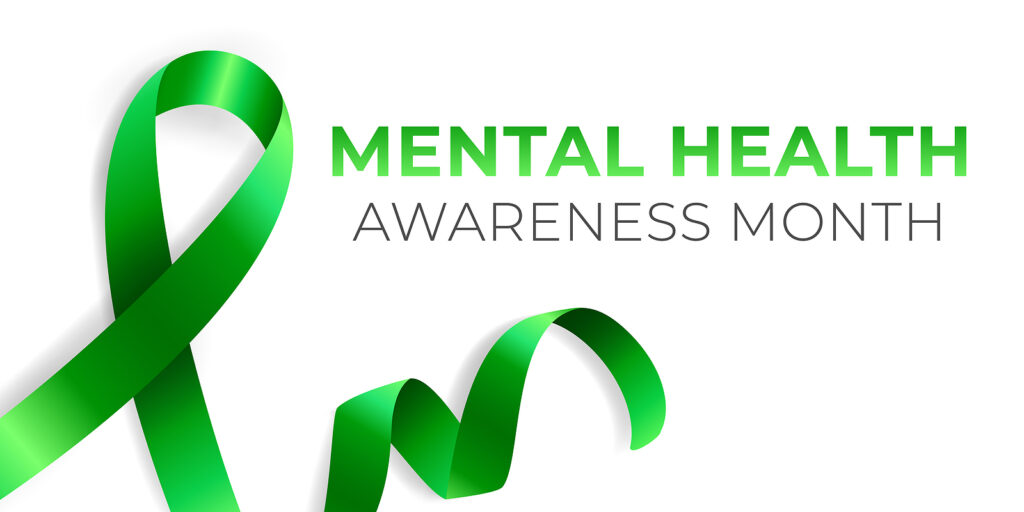MAY: National Physical Fitness & Sports Month

National Physical Fitness & Sports Month provides an opportunity to celebrate and
promote physical activity and the benefits of sports participation.
Physical activity is key to maintaining health and well-being. Getting active can improve fitness and reduce stress, reduce risk for many chronic diseases, and ease symptoms of anxiety and depression.
Here are four reasons to increase physical activity and move more in May.
- Moving your body improves mental health. Studies show that when our bodies feel good, our brains feel good too. Even small doses of physical activity, such as brisk walking, can substantially improve your mood and ease anxiety and depression. Studies show the greatest benefits are realized when going from no activity to at least some activity. Every little bit helps.
- Exercise is awesome for your physical health. It should come as no surprise that more and more doctors prescribe exercise to help patients improve their physical health. It can improve blood flow, raise oxygen levels, lowers the risk of heart disease, high cholesterol, and lowers blood sugar levels. It also helps control weight, strengthens bones and muscles, reduces risk of falls, and even can reduce your risk of some cancers!
- Exercise slows your craving for junk food. Research suggests physical activity can help promote a better diet. As little as 20 minutes of brisk walking has been shown to help control high calorie junk food and soda cravings and can even motivate the selection of healthier foods. Exercise can actually increase prefrontal brain functioning, which improves our ability to resist the temptation of sugary or salty, ultra-processed foods.
- Move more, sleep better. Do you have trouble falling or staying asleep? Try moving more! While researchers may not completely understand how physical activity improves sleep, decades of studies show that moderate aerobic exercise increases the amount of deep sleep we get, which is when the brain and body rejuvenate. And it doesn’t take months or years to see the benefits.
Can you commit to move more in May and beyond?
Start by setting a specific, realistic goal. Write it down, commit to it, share it, and celebrate your small wins. You may even reach out and get moving more with a partner or friend, and you will both reap the benefits!

| Older Americans Month is observed every May in the United States |
| As we grow older, we go through many changes. And we may also need to adjust our lifestyle for healthy aging. Healthy eating and regular physical activity are key to good health at any age. Making suitable lifestyle choices may also prevent some health problems, such as diabetes, heart disease, and some cancers: 1) Select high-fiber foods like whole-grains, beans, nuts and seeds, deeply colored vegetables (like green beans and spinach), and fresh fruit. 2) Avoid fried foods. Choose baked, broiled or grilled instead. 3) Drink vitamin D-fortified milk products; or nondairy soy, almond, rice, or other drinks with added vitamin D and calcium to help keep your bones strong. 4) Drink plenty of fluids throughout the day. You may feel less thirsty as you get older, but your body needs fluids to stay healthy and keep you regular. If you have a bladder control problem, check with your doctor about what, how much, and when to drink liquids. 5) Ask your health care professional about whether or how you can safely become active or increase your physical activity. Pick physical activities that you enjoy and can do on your own or with a friend or group. 6) Stay connected with family, friends, and your community. |
| How to Celebrate Older Americans Month Celebrating Older Americans Month is a great way to show appreciation for seniors in your community. Here are some ideas for how you can honor and recognize older adults during this special month: Spend time with seniors in the community and listen to their stories. Volunteer at a senior center or nursing home. Connect with senior relatives and friends elsewhere through video calls. Donate to organizations that support elders needs. Write thank-you letters to older people who have impacted your life. |

Normally, air comes into our lungs each time we breathe in. This air has oxygen in it. Oxygen has a special job. It helps feed, or give energy to, all parts of our body so we can walk, talk, eat and exercise.
How Do Your Airways Work When You Have Asthma?
When you have asthma, your airways aren’t able to function as well as they should.
Common asthma symptoms are:
- Coughing
- Shortness of breath
- Wheezing
- Chest tightness
Asthma causes inflammation, or swelling, in the lungs. It can also cause squeezing, called bronchoconstriction and extra sensitive airways.
When something bothers your airways, you have trouble breathing. This is called an asthma attack or episode. It gets harder to breathe because the tiny muscles around your airways squeeze tightly and they are swollen. Your airways will make more mucus, which makes it even harder to breathe. These changes in your airways can cause coughing and wheezing.
While there is no cure for asthma, but you can take steps to manage it. If you have asthma, it’s important to see an asthma specialist, like an allergist or pulmonologist, to come up with the right asthma treatment plan. Medicines and avoiding asthma triggers can also help reduce swelling and relax tight muscles in your airways.

“During National Mental Health Awareness Month (in May), we remember the tens of millions of Americans living with mental health conditions. We also celebrate the loved ones and mental health professionals who are there for them every day.
Treatment works, and there is no shame in seeking it.
Here are some facts about Mental Health you might not know:
- More than 50 million Americans struggle with mental illness.
- 1 in 5 young people (age 13-18) has or will develop a mental illness in their lifetime.
- Most Americans lack access to adequate mental health treatment. Over half of American adults with mental illness did not receive care in the last year.
- Mental illnesses can affect people of any age, race, religion, or income. A mental illness is a medical condition that disrupts a person’s thinking, feeling, mood, and ability to relate to others and daily functioning.
- Many factors contribute to the development of a mental health condition, including life experiences (such as trauma or a history of abuse), biological factors, and family history of mental illness.
- Depression is the leading cause of disability worldwide.
- Common signs of mental health issues include: extreme mood swings, changes in eating habits, excessive worrying or fear, problems concentrating, and avoiding friends or social activities.
- More than 1 in 4 adults living with serious mental illnesses also struggles with substance abuse.
